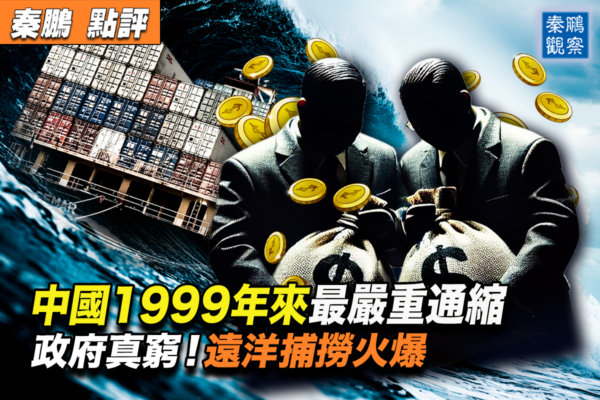China’s economy is sending conflicting signals with a surge in food prices, leading to the most severe deflation since 1999. In the first 7 months, China’s fiscal revenue shortfall reached 5.7 trillion yuan, with 80 million public sector employees struggling to make ends meet. The situation is even more dire for ordinary citizens, who are finding it increasingly challenging to afford their daily expenses.
Former People’s Bank of China governor Yi Gang, in a surprising statement last Friday, publicly acknowledged the need for China to focus on countering deflationary pressures. He emphasized the importance of actively implementing expansionary fiscal and loose monetary policies to address the domestic demand weakness, especially in consumption and investment areas. Yi Gang expressed hope that China’s Producer Price Index (PPI) could trend towards zero by the end of the year.
However, experts like financial data analyst Lao Man do not fully agree with the official information provided by the authorities. Lao Man believes that considering the consistent underestimation of inflation figures by the National Bureau of Statistics, the actual food price inflation is likely above 5%. He also disagrees with Yi Gang’s assessment of deflation, attributing the rising cost of essential goods during economic downturns to “stagflation.”
It is essential for economic observers, practitioners, and consumers in China to understand the current economic situation and evaluate whether Yi Gang’s proposed fiscal and monetary measures can effectively combat deflation and address the impact of rising food prices on people’s livelihoods.
Looking at the broader economic landscape, the focus has shifted towards the GDP deflator index as an essential indicator. The GDP deflator index reflects the overall price level changes in the economy and highlights the persistent decline in China’s general price levels, indicating the prolonged deflationary trend since 1999.
The continuous decline in the GDP deflator index underscores the failure of previous economic stimulus policies by the Chinese government. This recognition led to Yi Gang’s public acknowledgment of the challenges facing the economy.
Regarding the prospects of overcoming deflation and economic downturn, there are debates on the effectiveness of further monetary easing measures. While some experts believe that additional stimulus measures could be beneficial, the lack of substantial lending to support real economic activities poses a significant challenge. The banking sector is facing multiple challenges, including low interest rates, narrowing profit margins, and decreasing loan demand.
The impact on consumers and investors is significant, as the uncertainty in the market has led to a defensive stance, evident by the struggles in the real estate and stock markets. The weakening of these stabilizing sectors further exacerbates consumer and investor sentiment.
In terms of food price trends and consumer experiences, uncertainties persist. The recent data on household income growth and deposit increases may not fully reflect the ground reality where economic challenges are prevalent, and the majority of funds do not reach the hands of most people, hindering robust consumption patterns.
Amidst these economic challenges, government officials and public sector employees are also facing financial strains. Reports indicate significant financial deficits at the local governmental level, leading to delays in wage payments and project funding, which further strain small and medium-sized enterprises. The financial pressures are forcing various entities to resort to unconventional financial practices, raising concerns about the sustainability of such actions.
The socio-economic disparities and challenges are exemplified by the contrasting realities experienced by public officials, entrepreneurs, and working-class individuals. The deepening economic crisis has widened the income divide, presenting a harsh reality for many individuals striving to make ends meet.
As the economic landscape in China evolves, the impact on different segments of society becomes more pronounced, reflecting a complex web of challenges. While the government and financial institutions toil to revive the economy, the plight of the ordinary citizens and the various sectors navigating through the economic turbulence requires thoughtful consideration and sustainable solutions.
In conclusion, as China grapples with economic uncertainties and structural challenges, the need for comprehensive and inclusive policy measures to address deflation and foster sustainable growth remains critical. The insights shared from various economic perspectives shed light on the intricate dynamics shaping China’s economic trajectory and the collective efforts needed to navigate through these challenging times.

